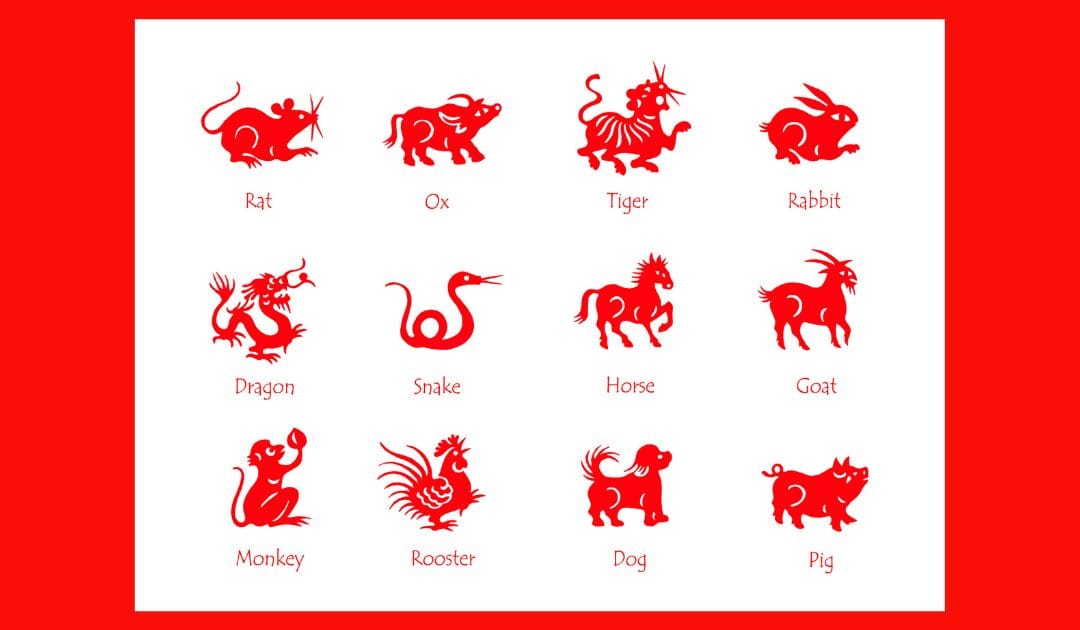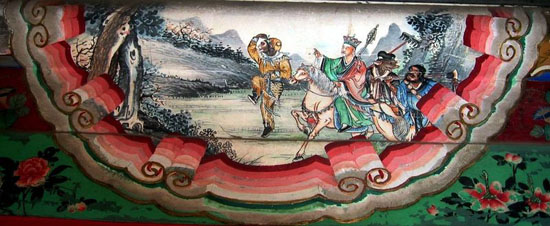The Chinese Zodiac

China adopted the Western solar calendar in 1911, but the traditional lunar calendar is still used for festivals such as the Chinese New Year. Chinese calendars usually show both solar and lunar. The 60-year cycle combines the 5 basic elements - metal, water, wood, fire and earth - with the 12 animal signs below, repeating every 12 years, along with the twins Yin and Yang. 生肖 shēngxiào












In this chapter the Chinese characters are used fancifully...

Ram (or Sheep or Goat) - there are no historical records of when the Empress CiXi was born but if the anecdotal records and the records for Emperor Guangxu are to be believed, both were born in the year of the Ram. CiXi would be a Wood Ram and Guangxu would be a Metal Ram, for those who like to explore these things. Did this Zodiac Sign speed the end of the Qing dynasty? (Baum, Buck and Anna May Wong were all Dragons astrologically)



These three above - the Monkey, the Pig and the Horse - appear in the classic fable Journey to the West: the Monkey King (Sun Wukong), the Pig (Zhu Bajie) and a dragon king transformed into a Horse (Yulong Santaiz) that the monk Xuanzang rides. The final disciple is Sand Demon, a river ogre (Sha Wujing).





The Snake is shown because the Black Tortoise is really a hybrid symbol of Tortoise and a Snake coiled around it. These characters too are connected to Journey to the West - they were the generals of the Dark Lord of the North.
The Rooster is not the Red or Vermillion Bird of the South per se but they have many of the same positive yang characteristics.


